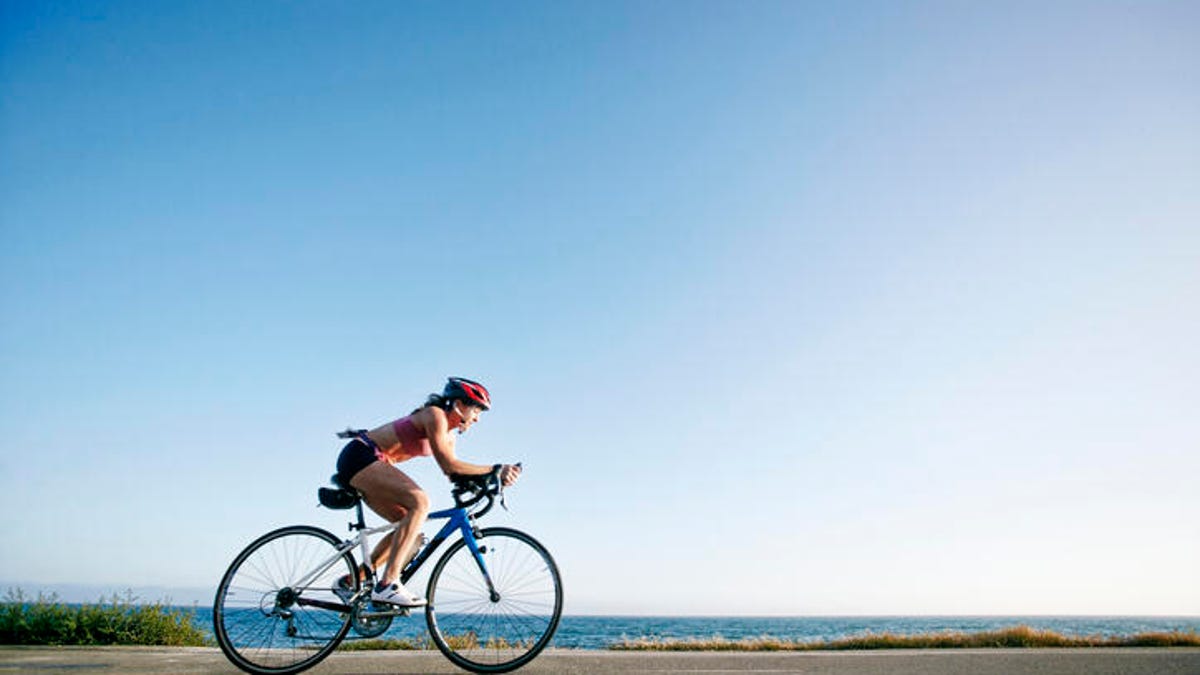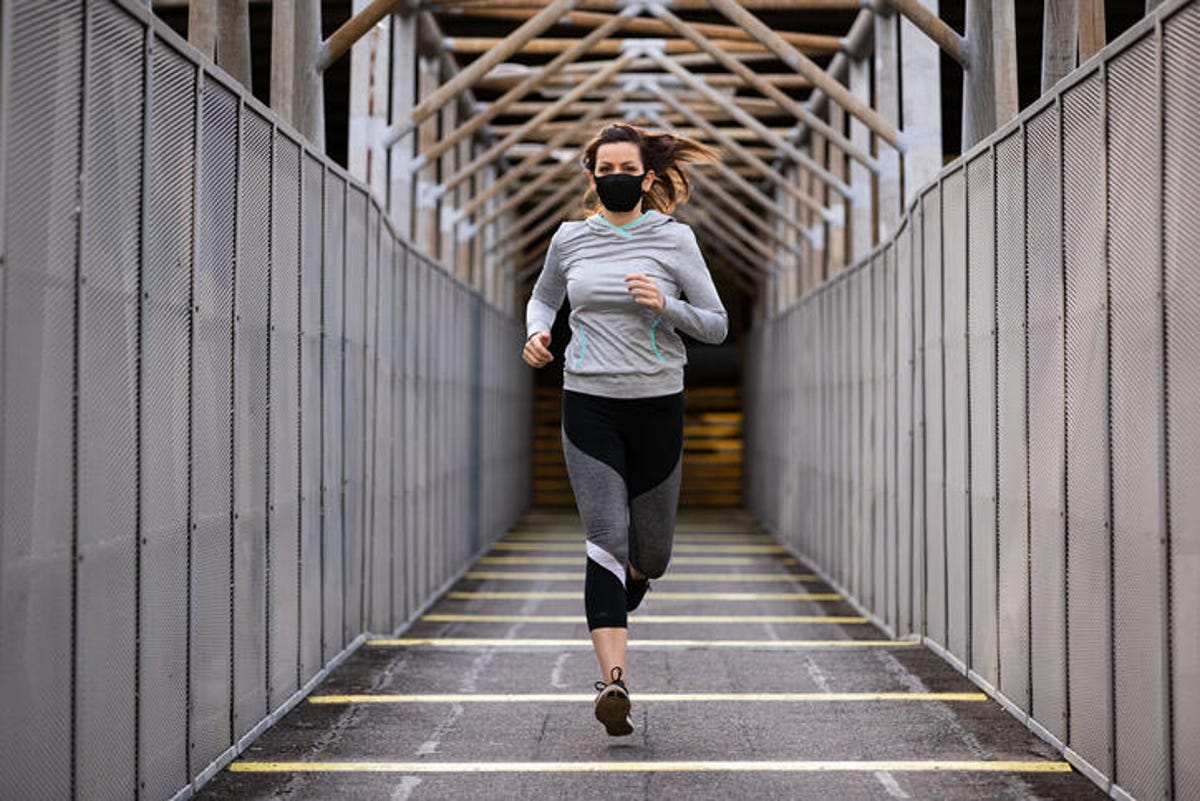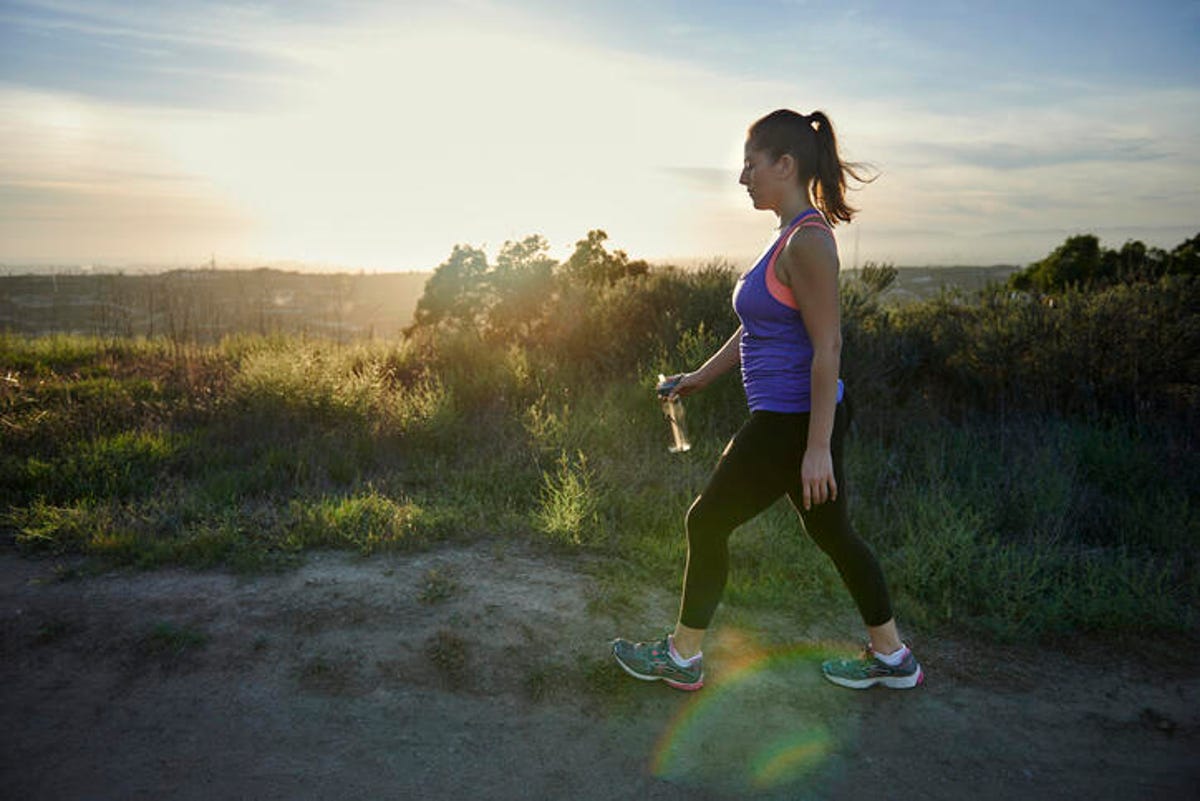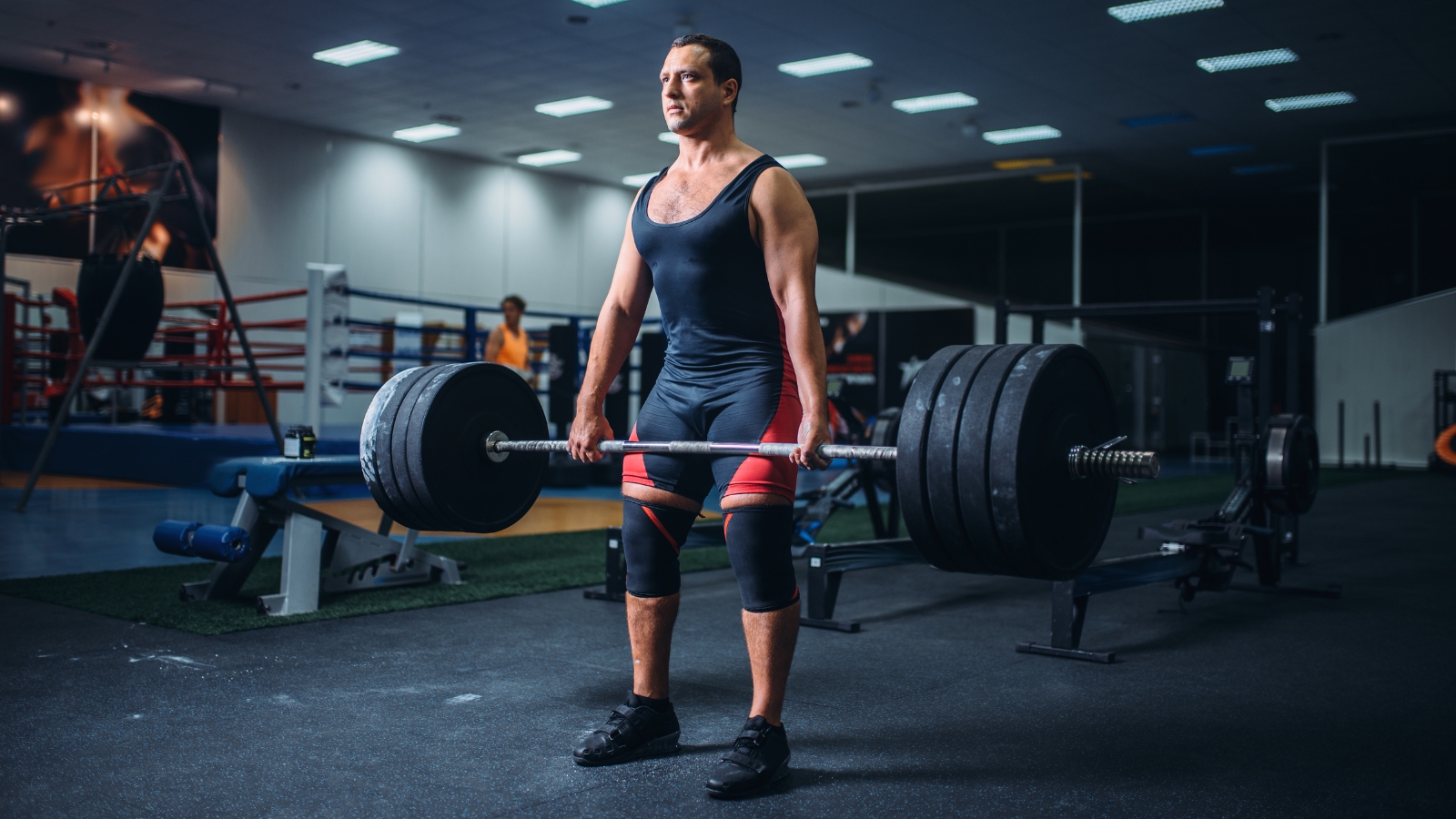
Calories power everything your body does each day -- sleeping, eating, walking up that flight of stairs. If you're wanting to lose weight, burning more calories than you eat is the basic process. You can also ramp up your exercise efforts with workouts that burn a lot of calories.
While sweat and effort are two ways to tell if you're challenging yourself, the only true way to gauge calorie burn is with an accurate heart rate monitor that takes into account your personal factors, like age, sex, weight and height.
Whether you use a heart rate monitor or other fitness tracker to tell you your calorie burn, it's still good to have an idea of how many calories the most common exercises burn when heading into your workouts. Keep reading to find out how many calories common exercises burn and how to figure out your own personal calorie burn during workouts.
What factors affect calorie burn during exercise?
Professional fitness trainer Brooke Taylor explains that the main factors that differentiate how many calories you burn in exercise include:
Heart rate training zone: You'll want to figure out your target heart rate and your maximum heart rate zones to better understand what to aim for when you exercise.
Resting heart rate: A normal resting heart rate is between 60 and 100 beats per minute.
Weight: In general, the more you weigh, the more calories you will burn during exercise.
Types of exercise: Cardio-based workouts burn more calories than other types of workouts like lifting weights or yoga.
Heart rate training zone: You'll want to figure out your target heart rate and your maximum heart rate zones to better understand what to aim for when you exercise.
Resting heart rate: A normal resting heart rate is between 60 and 100 beats per minute.
Weight: In general, the more you weigh, the more calories you will burn during exercise.
Types of exercise: Cardio-based workouts burn more calories than other types of workouts like lifting weights or yoga.
How many calories common exercises burn, ranked from highest to lowest
Even though everyone is different, there are general estimates for how many calories you can burn when you exercise. The estimates below are calculated based on someone who weighs 130 pounds, based on the American Council on Exercise (ACE) calculator. You can use that calculator to get a close estimate of how many calories you would burn during many common activities.

Running for 30 minutes burns about 206 calories.
Running/jogging
206 calories per 30 minutes
Running at even a slow pace burns a lot of calories for 30 minutes. On average, running burns between 10.8 to 16 calories per minute and putting it at the top of the list of workouts that burn the most calories. To up the calorie burn, increase the intensity or add in sprint intervals.
Running at even a slow pace burns a lot of calories for 30 minutes. On average, running burns between 10.8 to 16 calories per minute and putting it at the top of the list of workouts that burn the most calories. To up the calorie burn, increase the intensity or add in sprint intervals.
Hiking
176 calories per 30 minutes
Hiking is one of the best ways to escape to the outdoors, turn off technology and get in some movement. And since you're not walking on a level path like walking down the street, navigating different terrains or hills challenges more muscles, so you burn more calories.
Hiking is one of the best ways to escape to the outdoors, turn off technology and get in some movement. And since you're not walking on a level path like walking down the street, navigating different terrains or hills challenges more muscles, so you burn more calories.
Biking/cycling 5.5 mph
117 calories per 30 minutes
If you're an avid biker, you may go faster than 5.5 mph, but if you tend to bike at a leisurely pace, you can still burn 117 calories per 30 minutes. Note that this is different than if you do interval training or classes on spin bikes.
If you're an avid biker, you may go faster than 5.5 mph, but if you tend to bike at a leisurely pace, you can still burn 117 calories per 30 minutes. Note that this is different than if you do interval training or classes on spin bikes.
Jump rope (fast pace)
115 calories per 10 minutes
Let out your inner kid and take up jump rope for a surprisingly fast way to burn a ton of calories. Just 10 minutes of jumping rope burns 115 calories.
Let out your inner kid and take up jump rope for a surprisingly fast way to burn a ton of calories. Just 10 minutes of jumping rope burns 115 calories.

Walking (moderate pace)
97 calories per 30 minutes
Walking is a simple exercise that can help you burn calories. Walking is the most simple and accessible form of exercise. And if you're anything like me, you rely on walks for much needed breaks from the house while in quarantine. Even if you don't walk for 30 minutes or longer on every walk, all of the short walks you take add up throughout the day.
Walking is a simple exercise that can help you burn calories. Walking is the most simple and accessible form of exercise. And if you're anything like me, you rely on walks for much needed breaks from the house while in quarantine. Even if you don't walk for 30 minutes or longer on every walk, all of the short walks you take add up throughout the day.

Weightlifting
88 calories per 30 minutes
Although not the quickest way to burn calories, lifting weights increases strength, muscle tone and enhances your metabolism. The more muscle mass you have, the more calories you burn at rest.
Although not the quickest way to burn calories, lifting weights increases strength, muscle tone and enhances your metabolism. The more muscle mass you have, the more calories you burn at rest.
Stretching/Hatha yoga
73 calories per 30 minutes
While stretching or restorative yoga may not burn a ton of calories, it still warrants a well-deserved spot in your weekly workout lineup for enhanced mobility, flexibility, recovery and tension relief.





Post a Comment